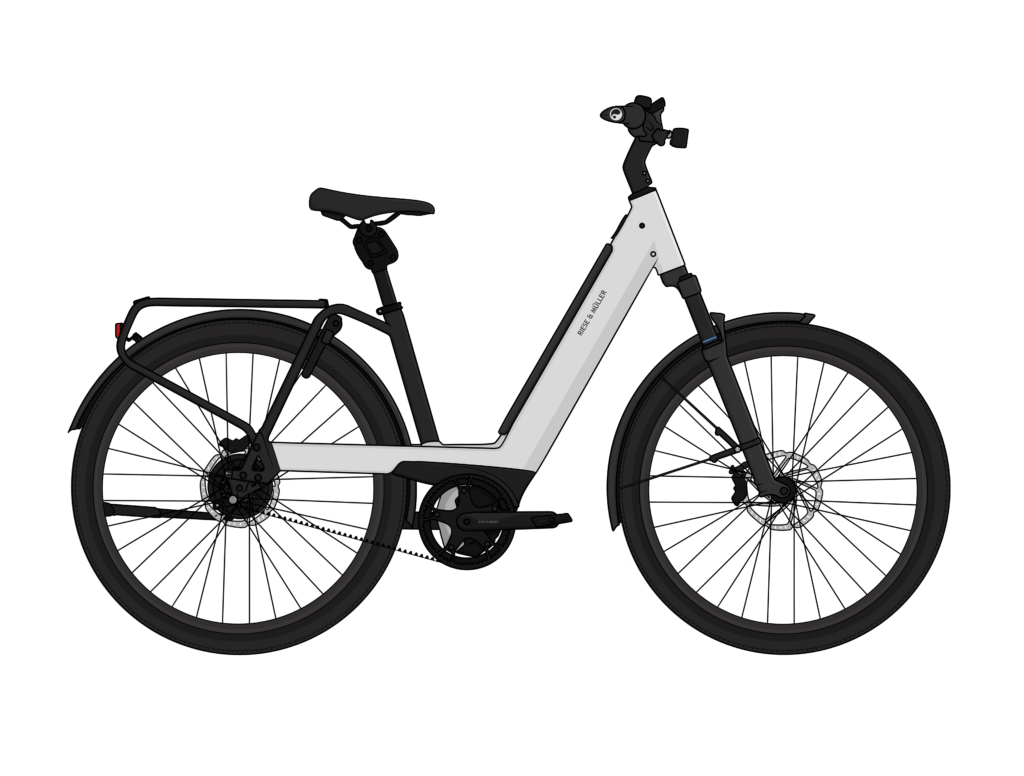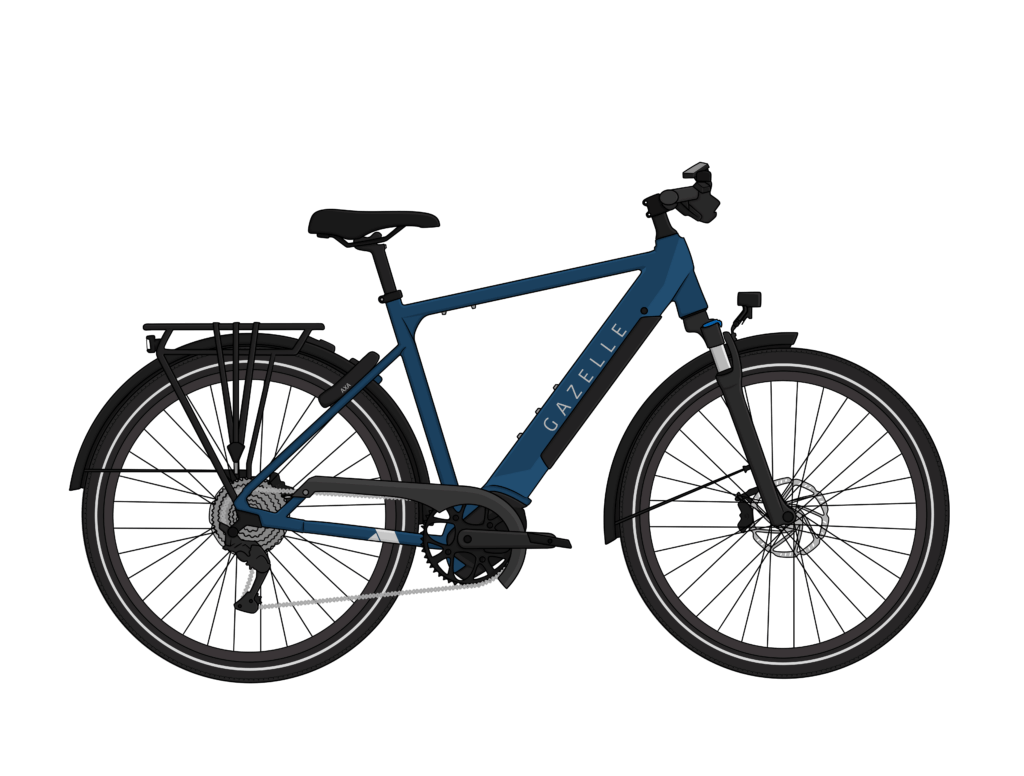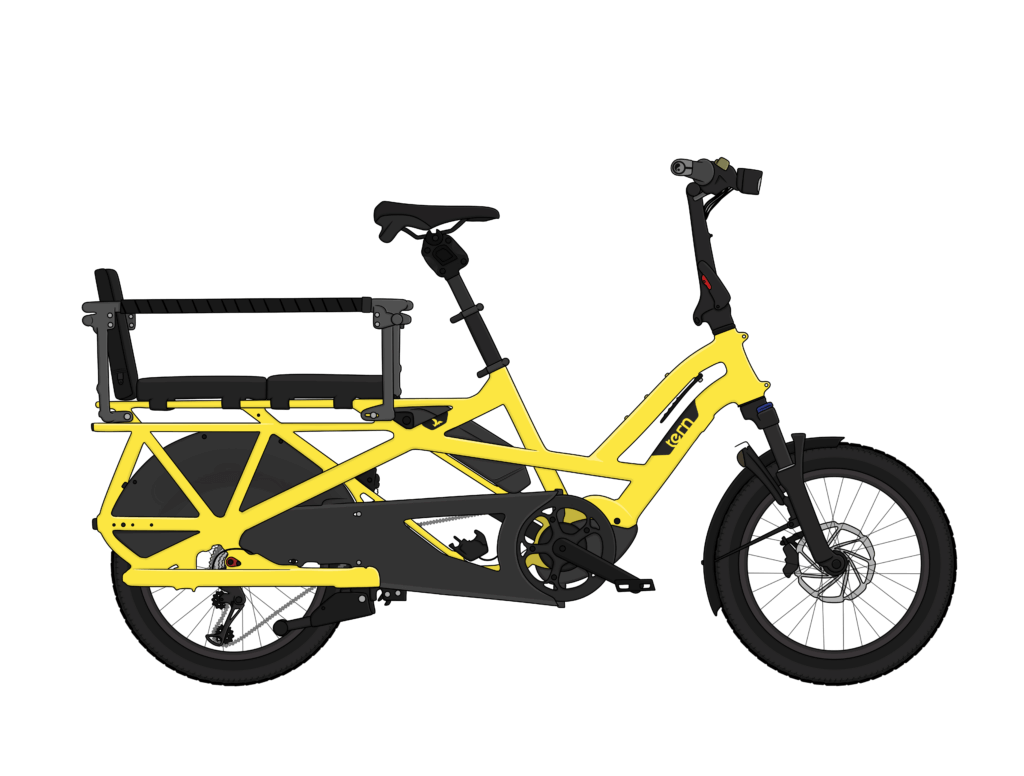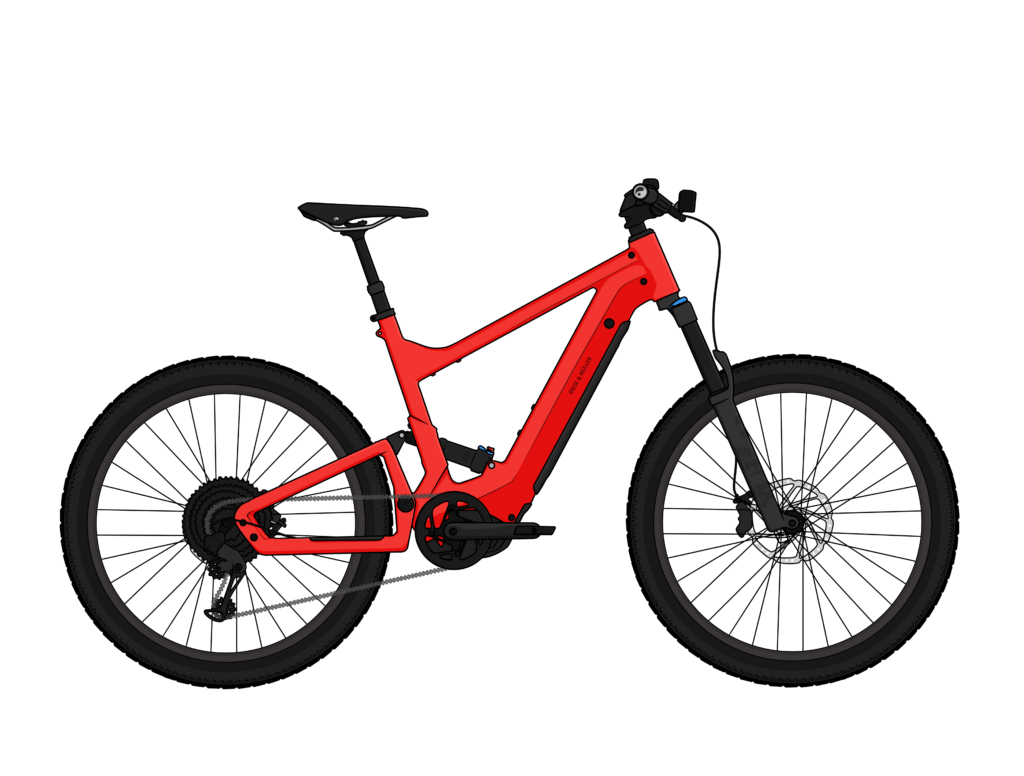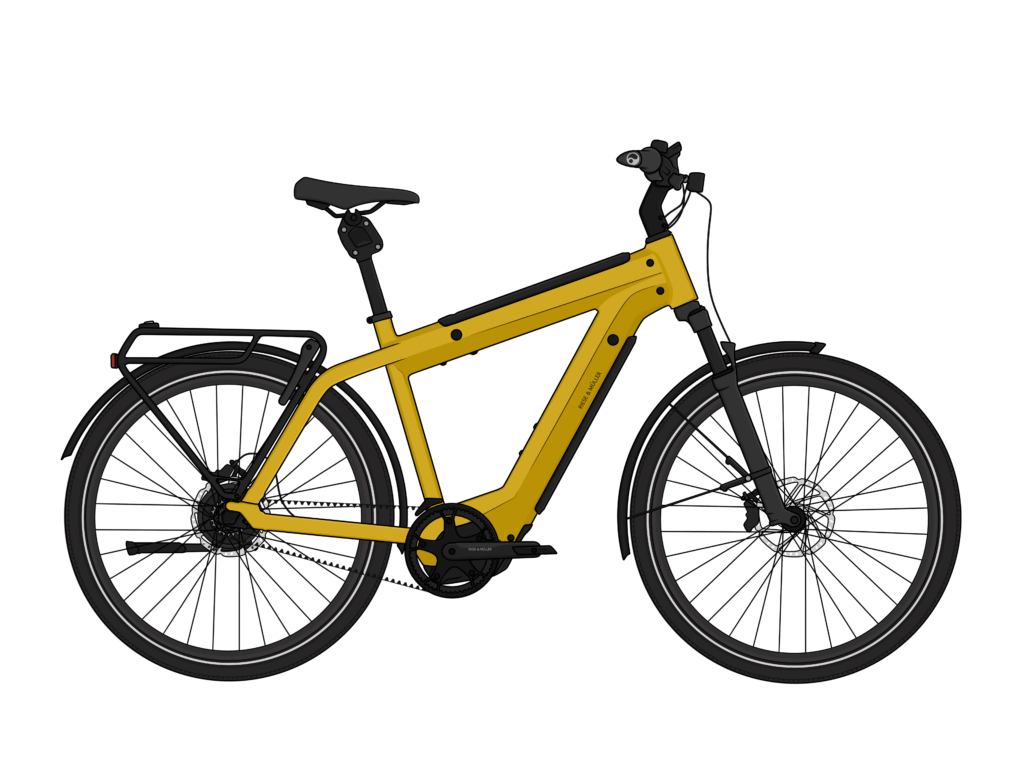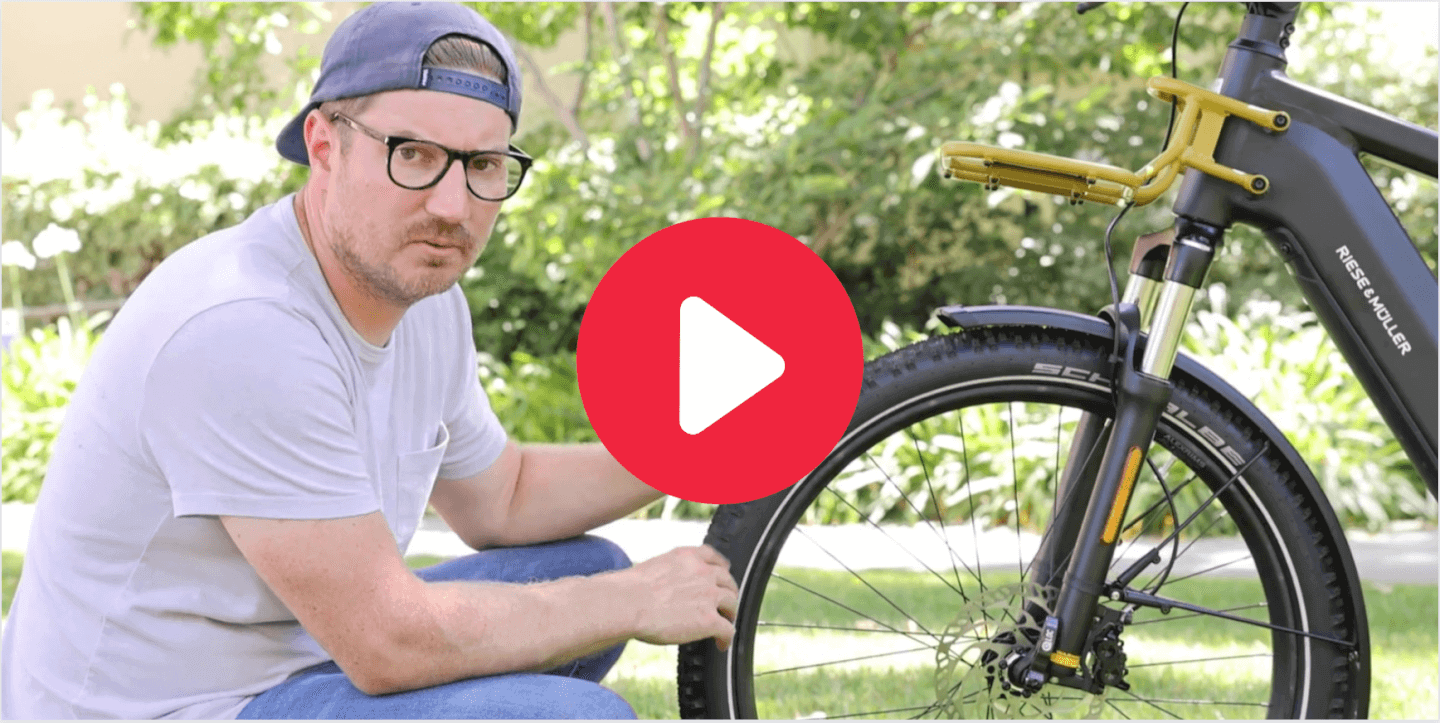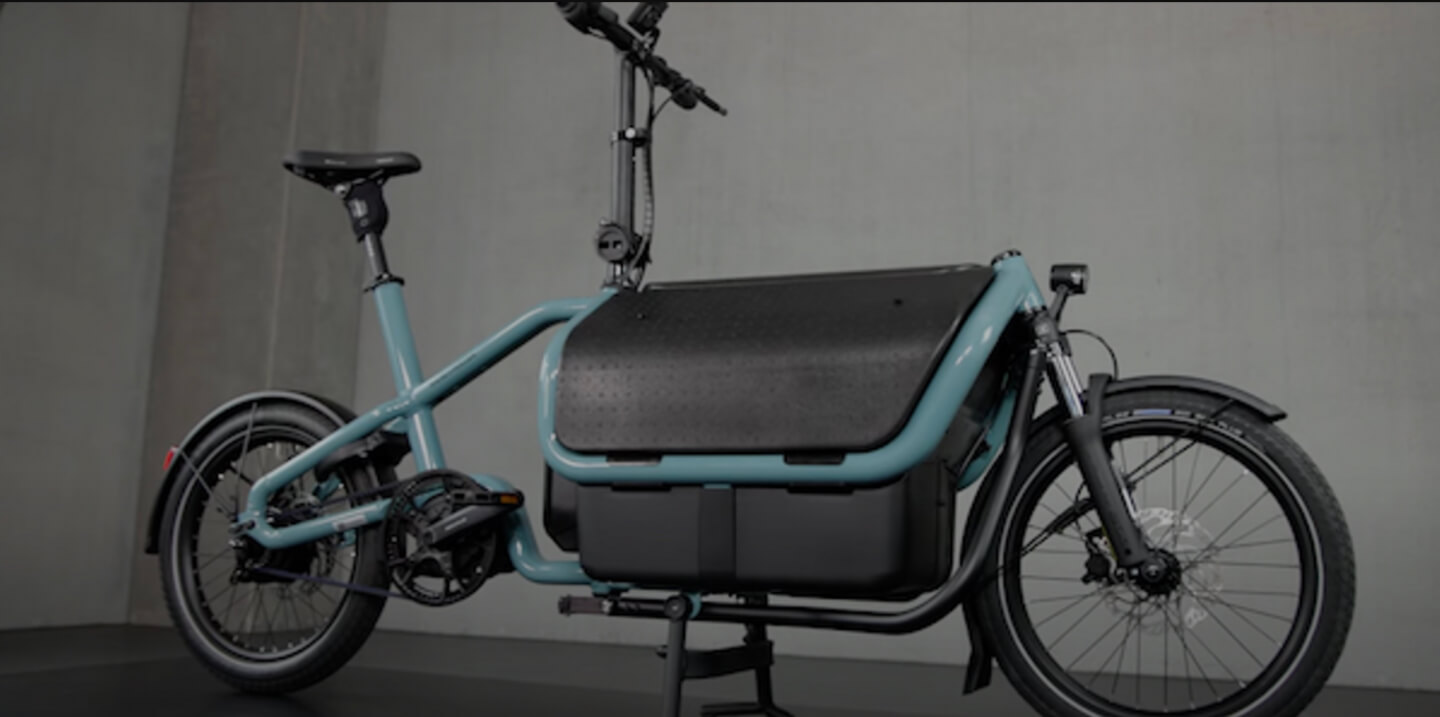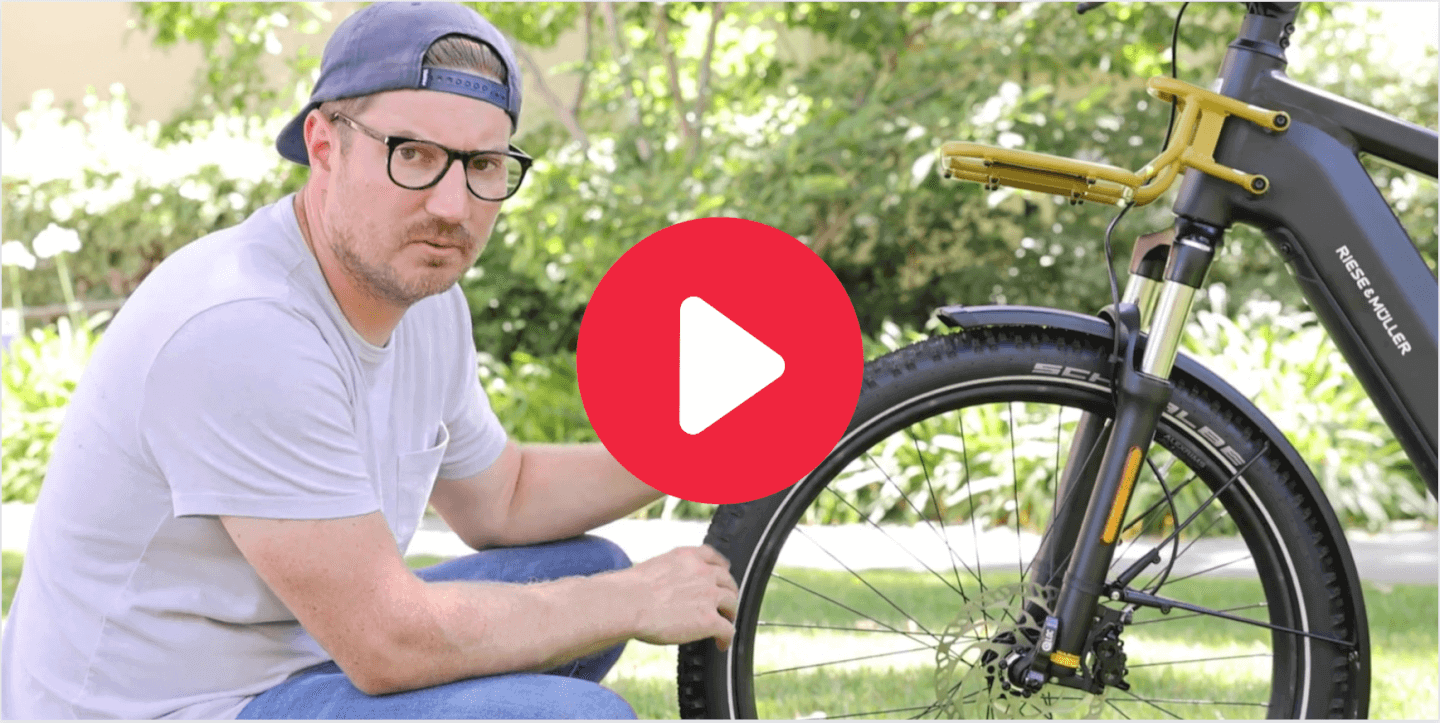When people visit one of our shops for the first time, or find Propel through videos on YouTube, they generally have a lot of questions about electric bikes. Below are our answers to some of the most common questions we hear, in the hopes we can help you make the best of your eBike experience.
1. What is an electric bike and how does it work?
In its most basic form, an electric bicycle is a bicycle. It has pedals, wheels, handlebars, etc. You pedal it, just like a non-electric bike. Where it differs is that it has an electric motor and a battery which provides power.
There are two different ways power can be delivered to the bike. In the most rudimentary form, some eBikes have a throttle, located on the handlebars, which you twist to give the bike a boost, similar to a scooter or a motorcycle.
The more common method of activating power is a technology called “pedal assist.” Basically, you just pedal the bike and its motor provides electric assistance, enabling you to bike farther and maybe a little faster than you normally could on a non-electric bike.
At Propel, we only sell pedal-assist eBikes. What we love about pedal assist is it retains all the principles of riding a traditional bike. You have to pedal to ride it, plus you’re still getting a good amount of exercise. It’s a seamless combination of your individual power output and the bike’s ability to assist you.
2. How long does the battery last?
Different bikes come with different batteries, but as a general rule, most batteries are going to last somewhere between 20 to 50 miles. If you’re interested in learning more about batteries and range, check out this post.
Some bikes have two batteries so you can effectively double your range. Whether or not a dual-battery eBike or upgrade is right for you depends on a few factors, from how far you ride on a regular basis to whether your route is hilly or flat. You can learn more about dual batteries here.
Your range will vary depending on several factors, including the terrain, how much you weigh and the assistance level you’re using. Using higher levels of assistance will always drain your battery a bit faster, along with riding on rougher terrain or against a strong headwind. If you have a throttle-activated eBike, your range will depend on how much throttle you use.
Charging the battery works similar to a laptop or cell phone: you just plug it into a wall outlet and it usually takes about two-four hours to reach a full charge.
3. How fast do eBikes go?
Most electric bikes in the U.S. support a rider up to about 20mph, while in Europe and some other places they’re limited to 15.5mph. There are also some bikes in the U.S. that can support a rider up to 28mph. There are throttle bikes that behave like motorcycles, and go faster than may be legal or safe.
4. Are they legal?
Generally speaking, the electric bike industry is still in its early days, so a lot of these laws are catching up with the technology after it’s introduced. Oftentimes the legality of an eBike depends on which class it falls under (in the U.S.).
Class 1: A pedal-assist eBike, without a throttle, capable of supporting a rider up to 20mph.
Class 2: A throttle-activated eBike capable of going up to 20mph.
Class 3: A pedal-assist eBike, without a throttle, capable of supporting a rider up to 28mph.
For the most part, you can ride an electric bike anywhere you can ride a traditional non-electric bike, with some exceptions, such as mountain bike trails and certain bike paths.
For up-to-date information on laws and regulations by state, we highly recommend visiting the Policies and Laws page at peopleforbikes.org.
One great and close-to-home example of laws catching up with technology happened in 2015, when we opened a shop in Brooklyn. We were fined $25K for selling eBikes! The legality of eBikes in New York City was an ongoing debate for years, before the state formally legalized them in 2020.
Want to know more? Hear the story from our founder, Chris Nolte:
5. Do I need to wear a helmet?
There are certain places that require helmets for all bike and electric bike usage, so it might be a good idea to look up the laws where you plan to ride. There are several places, including California, that require helmets for bikes that go up to 28mph (Class 3). Otherwise, no, most eBikes don’t require you to wear a helmet, although we usually recommend it. It’s really up to you and what makes you feel the safest and most comfortable.
6. Do I need insurance?
You do not need insurance in the way that cars require insurance.
You may, however, want to consider getting insurance to cover the bike for theft or damage. It’s an expensive purchase–an investment for most people–and if you rely on it for commuting or getting your kids around town, having it stolen or damaged can be a real bummer.
One company that we recommend is Velosurance. You might also want to check with your homeowners, renters or auto insurance regarding coverage of bicycles from theft or damage. Some of these companies have an exclusion for anything that includes a motor, so when you discuss coverage for an electric bike, get it in writing if they say they will cover it and for what amount.
7. How much do they cost?
You might find an electric bike out there for as cheap as $600, but it’s likely not going to hold up very well, or even be that safe to ride. And if it breaks or loses a part, finding a place to repair it is not going to be easy.
Most of the bikes we offer at Propel range from $3K to $6K, but they can go up to $10K or $12K. You might be wondering how someone would even consider spending that much money on an electric bicycle, which most people would regard as just a bicycle with a motor thrown on it.
In our experience, when people invest in a purpose-built electric bike of this quality, they’re not thinking of it as buying an expensive bike, but as a car alternative or even as a full-on car replacement.
Further, there are features which can make an eBike even more expensive, but often pay for themselves in the long run. A belt drive is more expensive than a chain, for example, but will result in less maintenance costs over time. An internal hub will also increase the overall cost, but should result in less cleaning and fewer tune-ups.
Want to know more about pricing? We break down the costs of an eBike here.
We can pretty much guarantee that even if you opt for one of the more expensive bikes, it’s going to be less expensive than using a car to get around.
8. What types of eBikes are out there?
For every non-electric bike out there, there’s an electric variant. There are electric folding bikes, commuter bikes, mountain bikes, road bikes and cargo bikes (if you want to carry kids or transport goods for your business). Pretty much everything you can think of there’s probably that type out there.
One of the eBike types we’ve seen catch on in popularity is this go-anywhere, do-anything style, capable of riding on all types of terrain. Most people want to ride on the street, but want to have the option to occasionally go exploring on some off-road trails, that sort of thing. It’s not recommended to take this type of bike on any hard core mountain bike trails, but it’s a well rounded choice for a well rounded rider.
Want to know more about go-anywhere, do-anything eBikes? Check out our guide here.
9. How much do electric bikes weigh?
Most electric bikes weigh somewhere between 40 and 60 pounds. Some can weigh more if they have additional features or batteries. It also depends on the type of bike, as electric cargo bikes can weigh upwards of 100 lbs.
When it comes to riding these bikes, weight shouldn’t play a major factor in your decision to buy one, as the electric assistance ensures even the heaviest of eBikes doesn’t have much of an impact on your ability to ride.
Weight becomes much more of a factor when considering how and where you’re going to store your eBike when it’s not being ridden. Do you have to climb multiple flights of stairs to get your eBike safely into your apartment? To avoid straining your back, maybe you’ll need to consider a lighter bike, or, even better, keeping it in a (very secure) garage or some other outdoor/first-floor storage options.
Will you have to transport your eBike by car? Make sure you have a robust enough bike rack. Learn more about racks specifically designed to carry eBikes through this handy guide.
10. How much maintenance do they require?
Most electric bikes don’t require much more maintenance than a non-electric bike. If you’re riding faster or going up and down hills pretty often, you’re likely to find that your brake pads may need replacing sooner than if your commute was mostly flat, as just one example.
On an electric bike you might find that the drivetrain may wear out a little faster, meaning you might need to replace the chain a little bit sooner than you would need to on a non-electric bike. And in that case, as mentioned before, many people opt for belt drive and an internally geared hub, a set up with significantly longer maintenance intervals.
Most traditional bike shops will be familiar with most of the maintenance required on an electric bike, as it’s often the same or similar to a traditional bike.
Some hub motor electric bikes can require more maintenance when they have a motor in their rear wheel and some of the wiring can make those jobs more of a challenge.
This is just one of the reasons why we only sell eBikes with mid-drive motor systems powered by Bosch eBike Systems. When there is any service or maintenance required, we know how to support our customers and if we need anything from the company (from replacement parts to knowledge and support) we know Bosch will be there for the life of the bike.
If you’d like to know more about why we chose to exclusively work with Bosch, a relatively recent decision, check out this video:
Outside of the traditional bike maintenance (e.g. tires, brakes, drivetrain, etc.), the motor system might occasionally need software updates–which you can get at any Bosch-certified dealer. Like a cell-phone battery, your bike battery will gradually lose some effectiveness over time, but it should not be very noticeable. If you notice anything unexpected with your battery, you can reach out to Propel for troubleshooting help.
Any more questions?
If you have more questions about electric bikes, we highly recommend continuing to explore our website or checking out our Youtube channel, Propel. And if you need help finding an eBike, please feel free to reach out. Our Matchmakers will be happy to help, just fill out this contact form here!

